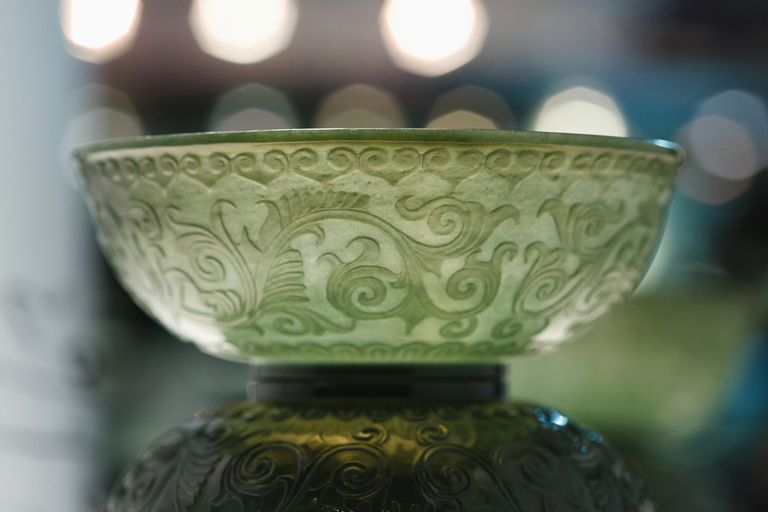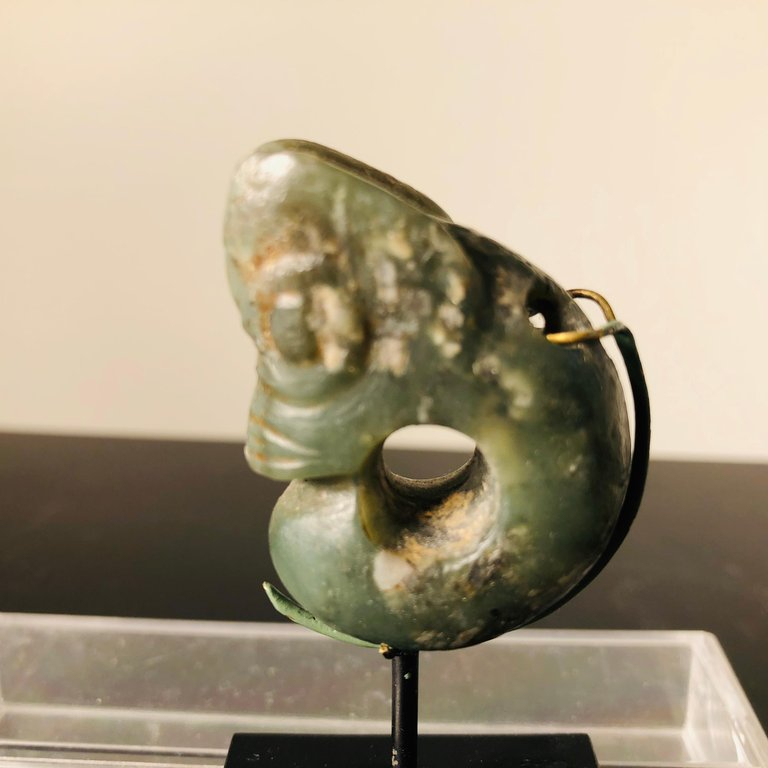Jade culture
2 min readAmong the infinite treasures bestowed by Nature upon humanity, jade has always been highly valued by the Chinese people. During the Neolithic Age(c.12000-2000 BC), stone working gradually gave rise to the production of jade articles. Jade was first used to make ornaments, and later for ritual articles used in sacrificial ceremonies.

Dark green jade disks with holes in the center, known as bi, were used to express reverence for Heaven, while yellow jade cong, four-sided vessels with cylindrical openings, expressed respect for the Earth. Members of the nobility often adorned themselves with jade to display their wealth and status, while the common people gave newborn babies pieces of jade to invoke good luck and safety.
No one really knows when the Chinese ancestors conceived of the dragon, and made it theirtotemic animal. Numerous Neolithic archeological sites have yielded exquisite carved jade dragons. They are generally similar in form, but incised with unique patterns, revealing both the common origins and the diversity of ancient Chinese culture.
Among these relics is a jade dragon discovered in 1971 at Ongniud Banner, Chifeng, in Inner Mongolia. Twenty-sixcm tall, it is carved out of a single piece of dark green jade. The head, carved in bas-relief, resembles the head of a pig, while the dragon’s body is curved into the shape of a “C.”The entire pieceis highly polished to a smooth and lustrous finish. This is the earliest example of a Chinese jade dragon found to date, referred to as “China’s first jade dragon.”During the sixth century BC, the philosopher Confucius(Kongzi)(551-479 BC) established the Confucian school of thought. Confucius believed that ritual jade articles were symbolic of human nature, representing superior moral character. Their soft luster represented human kindness and serenity, while their flawless clarity represented human elegance and refinement. With the development of Confucianism, ritual jade objects were appropriated by the nobility as emblems of rank and status, but even more importantly, came to be seen as symbols of evolved character and moral perfection.









